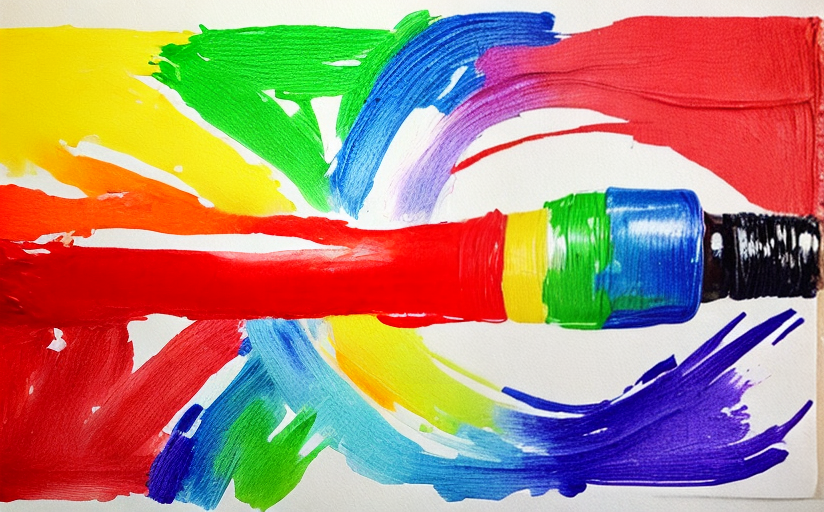An Exploration of Censorship and Artistic Freedom
The intersection, tension, and balance between censorship and artistic freedom is a riveting topic in today's modern world. A contentious dialogue that holds great significance in societies all over the globe, it demands an in-depth exploration and understanding.
Global Approaches to Artistic Expression
It is evident that different societies have contrasting viewpoints and mechanisms for the regulation of artistic expression. Whereas western societies often champion artistic freedom, many others may impose various restrictions stemming from religious, cultural or political reasons. Such approaches noticeably influence the trajectory of artwork and the narratives they aim to explore.
Effects of Censorship on Art
Censorship can greatly impact the essence of art. It can sterilise creativity, impede the growth of artistic innovation, and hinder the transmission of profound social messages. However, overcoming censorship can also fuel artistic perseverance and can lead to ingenious methods of covert or symbolic expression.
Role of Internet in Artistic Freedom
With the rise of digital platforms, the internet has revolutionised the way art is created, disseminated, and received. Yet, while it promotes free artistic expression by offering a global platform, it also makes room for surveillance and cyber censorship, thereby creating a paradoxical situation.
Notable Instances of Censorship Impacting Art
Historically, numerous instances magnify the direct impact of censorship on the art world. They range from the controversial reception of works like Mapplethorpe’s provocative photography in the 1980s USA, to the persecution of Pussy Riot in Russia. Such episodes reflect the broader implications for artists and their creative process, revealing a complex relationship between art, power, and censorship.
Challenging the Norms
Artistic freedom is often a conduit for challenging societal norms or political systems. Whether Francisco Goya’s masterful criticism of war or Picasso’s Guernica representing the Spanish Civil War, artists across centuries used their art to communicate powerful societal and political critiques.
Fostering Cultural Understanding
Artistic freedom is indispensable for fostering dialogue and cultural understanding. By embracing and expressing diversity, art can enhance empathy, break barriers, and bring people together, creating a cultural amalgamation that not only enlightens but also unifies.
Thus, while censorship and artistic freedom may seem contradictory, their interplay shapes cultural landscapes. In an increasingly globalised world, fostering open artistic dialogue while ensuring respect for community sensitivities may be a challenging but necessary pursuit.
© 2022 - Art Freedom Exploration















Comments
Leave a Comment